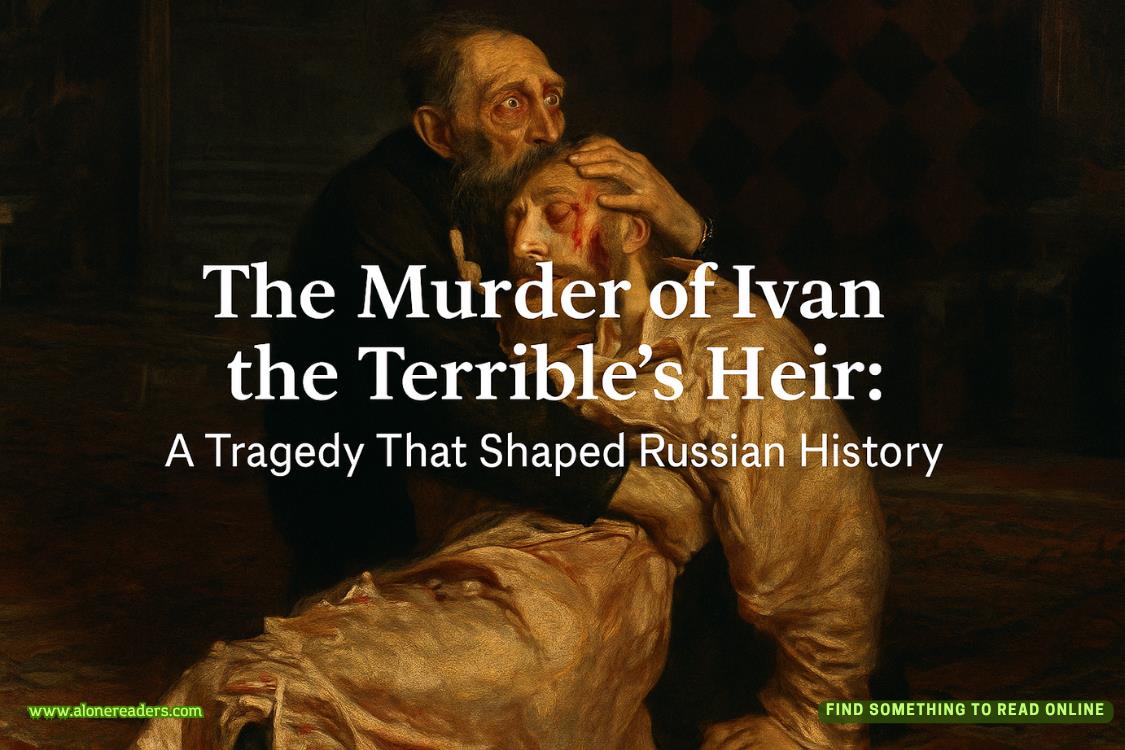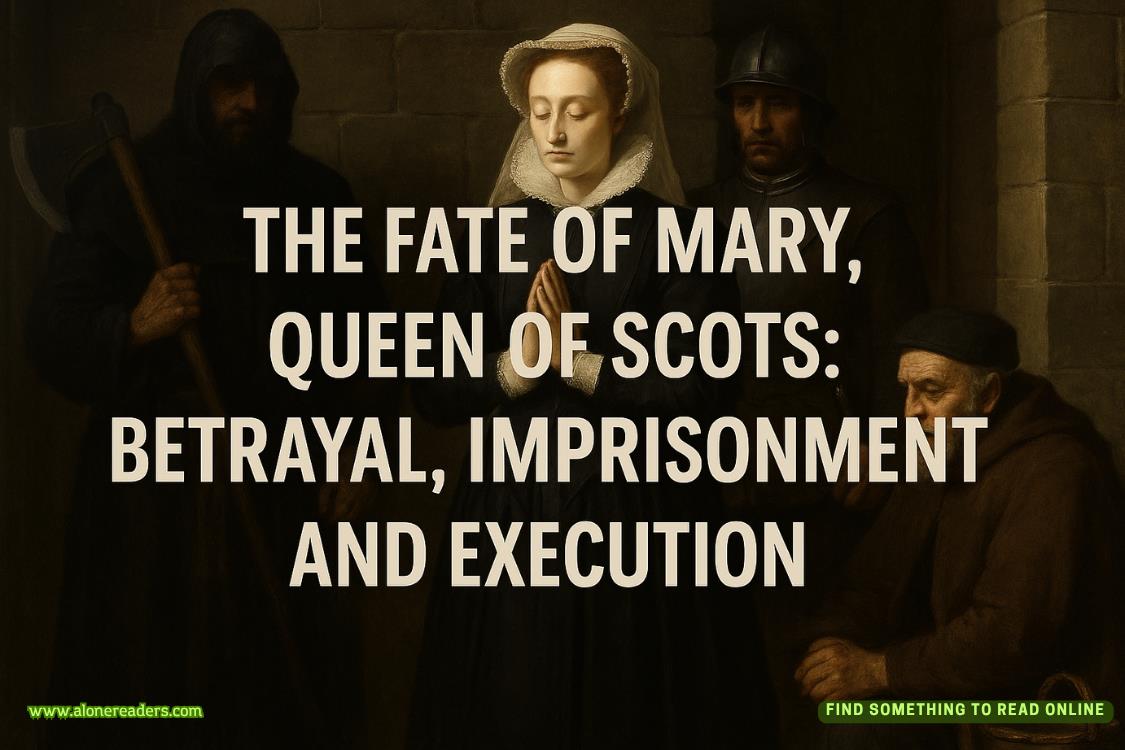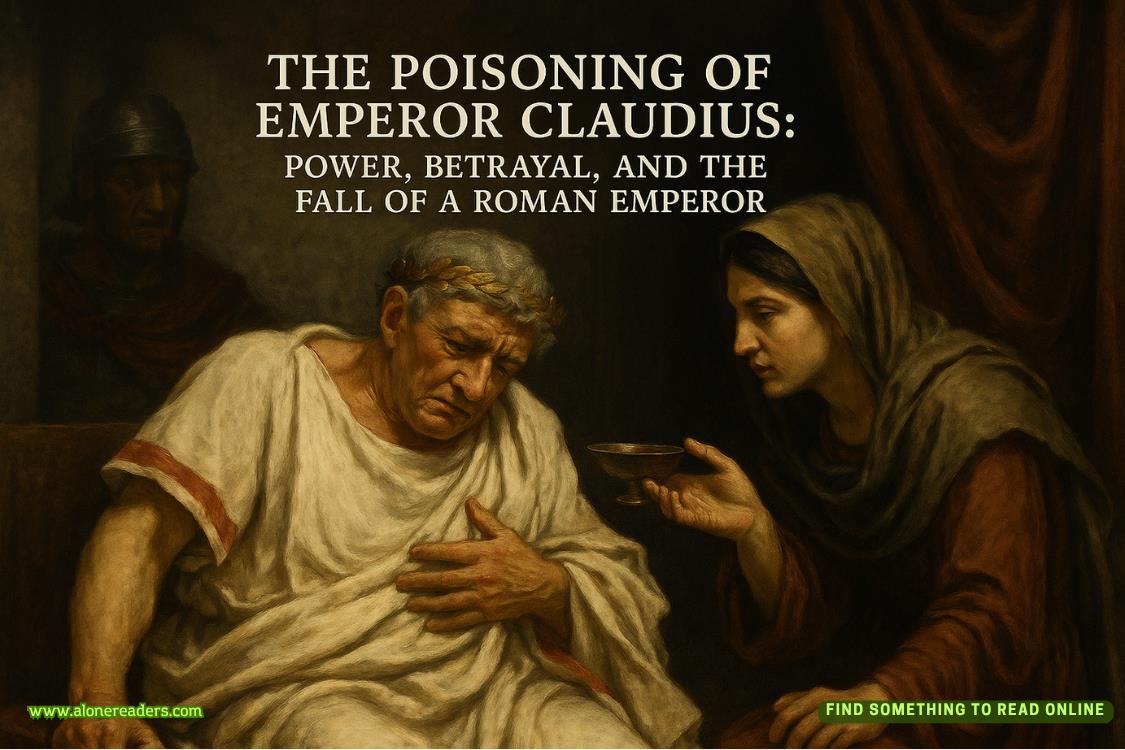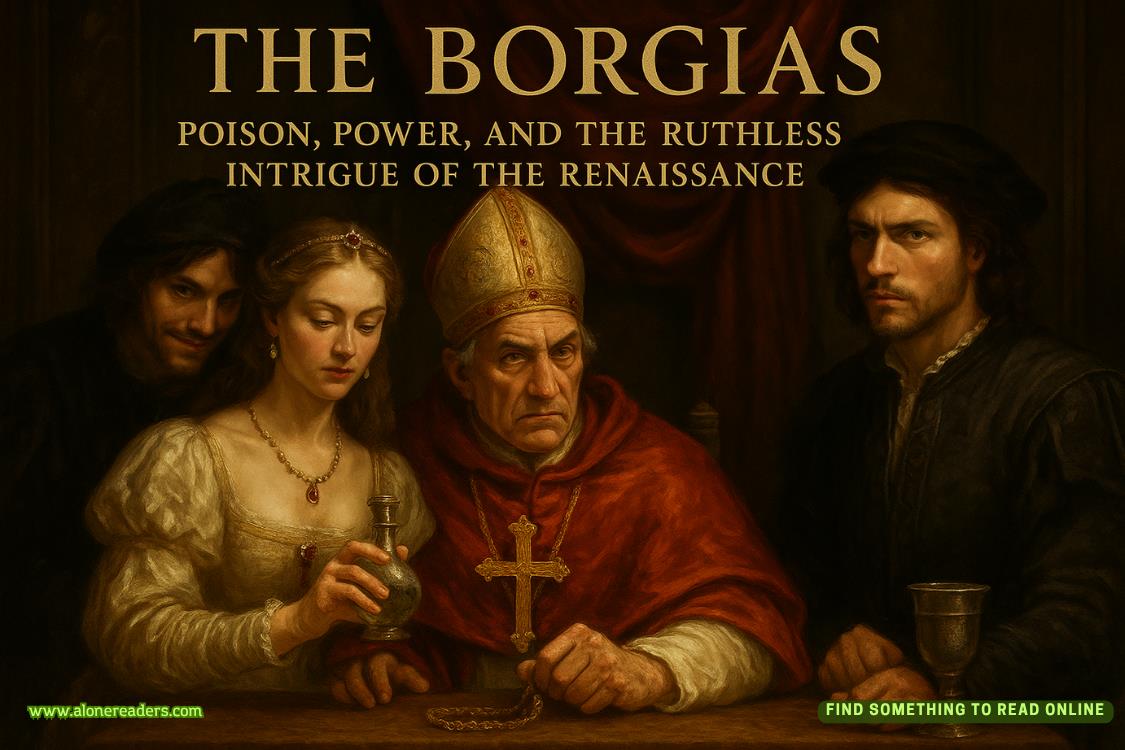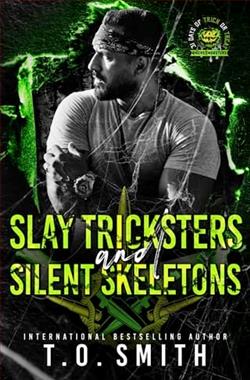Page 1 of Babel
Book I
-------------------
Chapter One
Que siempre la lengua fue compañera del imperio; y de tal manera lo siguió, que junta mente començaron, crecieron y florecieron, y después junta fue la caida de entrambos.
Language was always the companion of empire, and as such, together they begin, grow, and flourish. And later, together, they fall.
ANTONIO DE NEBRIJA, Gramática de la lengua castellana
By the time Professor Richard Lovell found his way through Canton’s narrow alleys to the faded address in his diary, the boy was the only one in the house left alive.
The air was rank, the floors slippery. A jug of water sat full, untouched by the bed. At first the boy had been too scared of retching to drink; now he was too weak to lift the jug. He was still conscious, though he’d sunk into a drowsy, half-dreaming haze. Soon, he knew, he’d fall into a deep sleep and fail to wake up. That was what had happened to his grandparents a week ago, then his aunts a day after, and then Miss Betty, the Englishwoman, a day after that.
His mother had perished that morning. He lay beside her body, watching as the blues and purples deepened across her skin. The last thing she’d said to him was his name, two syllables mouthed without breath. Her face had then gone slack and uneven. Her tongue lolled out of her mouth. The boy tried to close her filmy eyes, but her lids kept sliding back open.
No one answered when Professor Lovell knocked. No one exclaimed in surprise when he kicked through the front door – locked, because plague thieves were stripping the houses in the neighbourhood bare, and though there was little of value in their home, the boy and his mother had wanted a few hours of peace before the sickness took them too. The boy heard all the commotion from upstairs, but he couldn’t bring himself to care.
By then he only wanted to die.
Professor Lovell made his way up the stairs, crossed the room, and stood over the boy for a long moment. He did not notice, or chose not to notice, the dead woman on the bed. The boy lay still in his shadow, wondering if this tall, pale figure in black had come to reap his soul.
‘How do you feel?’ Professor Lovell asked.
The boy’s breathing was too laboured to answer.
Professor Lovell knelt beside the bed. He drew a slim silver bar out of his front pocket and placed it over the boy’s bare chest. The boy flinched; the metal stung like ice.
‘Triacle,’ Professor Lovell said first in French. Then, in English, ‘Treacle.’
The bar glowed a pale white. There came an eerie sound from nowhere; a ringing, a singing. The boy whined and curled onto his side, his tongue prodding confusedly around his mouth.
‘Bear with it,’ murmured Professor Lovell. ‘Swallow what you taste.’
Seconds trickled by. The boy’s breathing steadied. He opened his eyes. He saw Professor Lovell more clearly now, could make out the slate-grey eyes and curved nose – yinggoubí, they called it, a hawk’s-beak nose – that could only belong on a foreigner’s face.
‘How do you feel now?’ asked Professor Lovell.
The boy took another deep breath. Then he said, in surprisingly good English, ‘It’s sweet. It tastes so sweet...’
‘Good. That means it worked.’ Professor Lovell slipped the bar back into his pocket. ‘Is there anyone else alive here?’
‘No,’ whispered the boy. ‘Just me.’
‘Is there anything you can’t leave behind?’
The boy was silent for a moment. A fly landed on his mother’s cheek and crawled across her nose. He wanted to brush it off, but he didn’t have the strength to lift his hand.
‘I can’t take a body,’ said Professor Lovell. ‘Not where we’re going.’
The boy stared at his mother for a long moment.
‘My books,’ he said at last. ‘Under the bed.’
Professor Lovell bent beneath the bed and pulled out four thick volumes. Books written in English, spines battered from use, some pages worn so thin that the print was barely still legible. The professor flipped through them, smiling despite himself, and placed them in his bag. Then he slid his arms under the boy’s thin frame and lifted him out of the house.
In 1829, the plague that later became known as Asiatic Cholera made its way from Calcutta across the Bay of Bengal to the Far East – first to Siam, then Manila, then finally the shores of China on merchant ships whose dehydrated, sunken-eyed sailors dumped their waste into the Pearl River, contaminating the waters where thousands drank, laundered, swam, and bathed. It hit Canton like a tidal wave, rapidly working its way from the docks to the inland residential areas. The boy’s neighbourhood had succumbed within weeks, whole families perishing helplessly in their homes. When Professor Lovell carried the boy out of Canton’s alleys, everyone else on his street was already dead.
